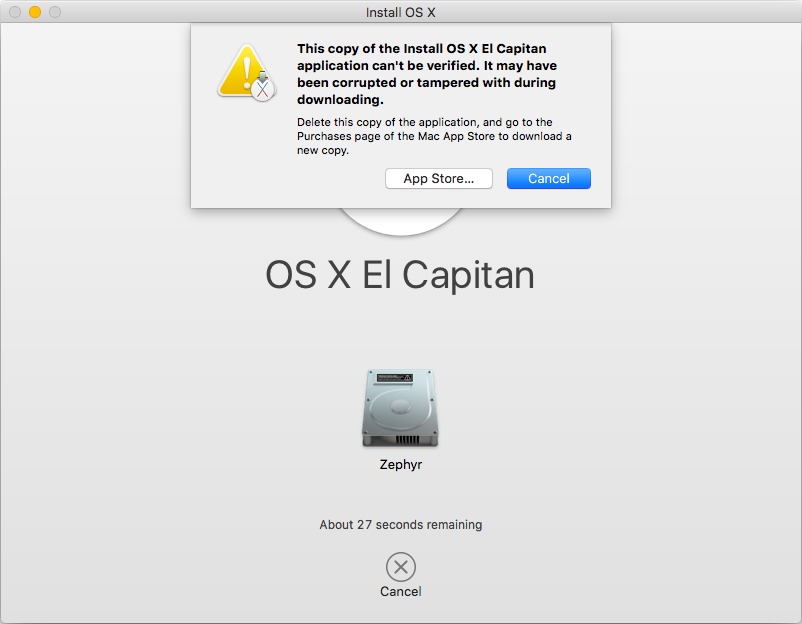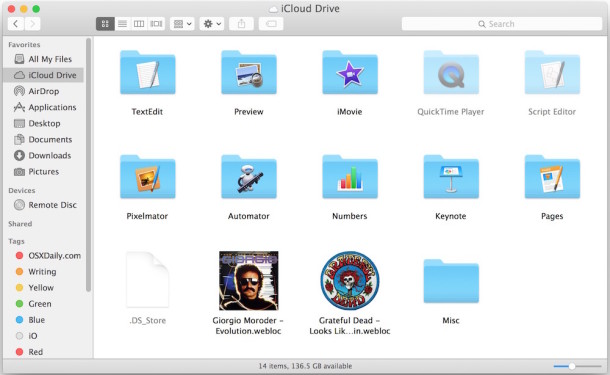The long way to show hidden Mac OS X files is as follows: Open Terminal found in Finder Applications Utilities. In Terminal, paste the following: defaults write com.apple.finder AppleShowAllFiles YES. Press return. Hold the ‘Option/alt’ key, then right click on the Finder icon in the dock and click Relaunch.
- May 30, 2019 How to open Library in macOS Sierra, macOS Mojave, macOS Catalina. Open Finder window. In a Menu Bar click Go → Go to Folder. In a dialog window that appears type /Library and click Go. Immediately after that the required Mac Library folder will be shown.
- Oct 24, 2019 OS X El Capitan remains available for Mac computers that can't upgrade to macOS Catalina, Mojave, High Sierra, or Sierra, or that need to upgrade to El Capitan first.
- May 11, 2016 Google Chrome was working fine for 3 months after I upgraded my mac book pro to El Capitan version. However, yesterday, my google chrome starting to show problems. It didn't open google chrome window, so I uninstalled all and moved it to trash. I downloaded many times google chrome for mac os 10.9 and later. But it wass not opening at all.
Check compatibility
You can upgrade to OS X El Capitan from OS X Snow Leopard or later on any of the following Mac models. Your Mac also needs at least 2GB of memory and 8.8GB of available storage space.
MacBook introduced in 2009 or later, plus MacBook (13-inch, Aluminum, Late 2008)
MacBook Air introduced in late 2008 or later
MacBook Pro introduced in mid 2007 or later
Mac mini introduced in early 2009 or later
iMac introduced in mid 2007 or later
Mac Pro introduced in early 2008 or later
Xserve models introduced in early 2009
To find your Mac model, memory, storage space, and macOS version, choose About This Mac from the Apple menu . If your Mac isn't compatible with OS X El Capitan, the installer will let you know.
Make a backup
Before installing any upgrade, it’s a good idea to back up your Mac. Time Machine makes it simple, and other backup methods are also available. Learn how to back up your Mac.
Get connected
It takes time to download and install OS X, so make sure that you have a reliable Internet connection. If you're using a Mac notebook computer, plug it into AC power.
Download OS X El Capitan
For the strongest security and latest features, find out whether you can upgrade to macOS Catalina, the latest version of macOS.
If you still need OS X El Capitan, use this link: Download OS X El Capitan. A file named InstallMacOSX.dmg will download to your Mac.
Install the macOS installer
Double-click the downloaded file to open a window showing its contents. Then double-click the file within, named InstallMacOSX.pkg.
Follow the onscreen instructions, which will guide you through the steps necessary to install.
Begin installation
Get Mac Os El Capitan
After installation of the installer is complete, open the Applications folder on your Mac, then double-click the file named Install OS X El Capitan.
Click Continue and follow the onscreen instructions. You might find it easiest to begin installation in the evening so that it can complete overnight, if needed.
Allow installation to complete

Please allow installation to complete without putting your Mac to sleep or closing its lid. Your Mac might restart, show a progress bar, or show a blank screen several times as it installs both OS X and related updates to your Mac firmware.
Learn more
- OS X El Capitan won't install on top of a later version of macOS, but you can erase your disk first or install on another disk.
- You can use macOS Recovery to reinstall macOS.

From OSX 10.9 Mavericks, 10.8 Mountain Lion and 10.7 Lion, the /Library and ~/Library are hidden from the Finder – to show these directories in the GUI, launch Terminal from Applications/Utilities and run the command below with sudo and enter your admin password when requested:

to hide again:
You can apply this to any directories in the filing system – so to see the hidden contents of the private folder including /etc you would apply:
But you cannot hide/show defined invisible files/folders that are preceded by a “.” with chflags
To show all hidden files and folders, that start with a ‘.’ , back to Terminal in OSX 10.9 Mavericks:
Mac Os X Show Library Folder El Capitan 8
Getting back to cleanliness:
To show all hidden files and folders, that start with a ‘.’ , back to Terminal for earlier versions of OSX 10.8 and prior:
Library Folder Mac
Getting back to cleanliness: